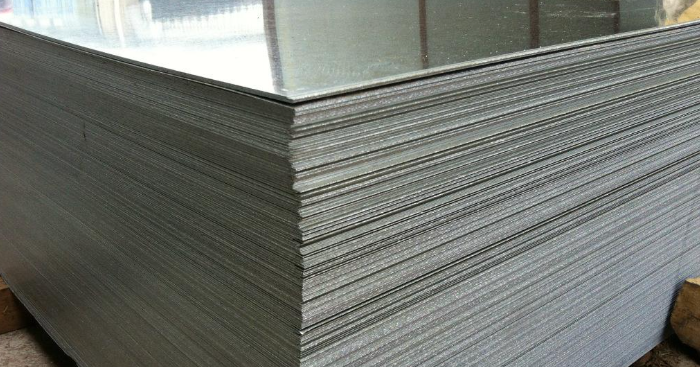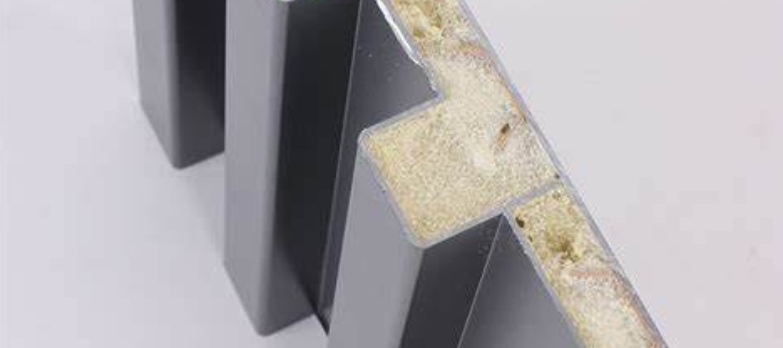How to Choose an Entry Door? Phino Door’s Expert Tips
An entry door is the first line of defense for a home, yet 90% of people don’t know how to choose the right one. So, how do you make the correct choice? Follow these key points shared by Phino Door to ensure you select the best entry door.
1. Check the Security Rating
Entry doors are categorized into four levels: Class A, B, C, and D. Each class withstands forced entry for a different duration:
- Class A doors can resist forced entry for about 30 minutes, offering the highest level of protection.
Always check for the rating label, typically located on the inside of the door.

2. Examine the Thickness
When choosing an entry door, ensure:
- Door thickness is at least 9 cm (3.54 inches).
- Frame material thickness is at least 2 mm (0.08 inches).
- Door panel material thickness is at least 1 mm (0.04 inches).

3. Inspect the Lock Core and Locking Points
- Locking Points: These refer to the number of locking mechanisms on the door. A Class A door should have at least 12 locking points.
- Lock Core: There are three security levels: A, B, and C. Opt for C-level lock cores for the highest security.
- Lock Type: Consider a smart lock for multiple unlocking methods and convenience compared to traditional mechanical locks.

4. Evaluate the Material
Entry doors come in various materials, each with distinct characteristics:
- Copper: Highly durable and luxurious but expensive.
- Zinc Alloy Steel Plate: Offers the best cost-performance ratio, combining durability and resistance to rust.
- Cold-Rolled Steel Plate: Affordable but prone to rust over time.
- Wood: Eco-friendly and aesthetic, but less durable than metal.
Recommendation: Choose zinc alloy steel for its durability and value.

5. Check the Filling Material
The core material inside the door affects insulation, soundproofing, and impact resistance. Options include:
- Polyurethane Foam: Excellent for thermal and sound insulation.
- Rock Wool: High impact resistance and soundproofing.
- Aerospace Aluminum Foil: Resistant to corrosion but less effective at soundproofing.
- Honeycomb Paper: Low cost but prone to corrosion, not recommended.
Recommendation: Opt for polyurethane foam or rock wool for the best performance.

6. Inspect the Hinges
Choose concealed 304 stainless steel hinges with anti-pry points for added security. Avoid exposed hinges, which are less secure and aesthetic.
7. Look at the Sealing Strips
Select silicone sealing strips, which provide superior shock absorption, sound insulation, thermal insulation, and dust-proofing. Avoid fabric-based sealing strips that lack durability and performance.
Final Tip:
Always measure your doorframe accurately before ordering. It’s best to replace the entry door during construction or renovation for better edge sealing and grout application.
By following these tips, you’ll ensure a safer, more durable, and aesthetically pleasing entry door for your home.
